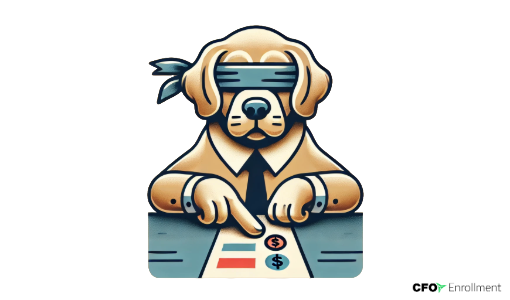SUMMARY A budget outlines expected revenues and expenses over a specific period, guiding short-term financial management and ensuring operational stability. Financial projections estimate future financial performance, helping plan for long-term growth and secure funding. For a cafe startup, a budget manages monthly finances, while financial projections provide a strategic view of growth potential. Utilizing both tools effectively supports financial stability and long-term success.
Understanding the Difference Between a Budget and Financial Projections
When starting a business, understanding the financial tools at your disposal is crucial. Two key components are a budget and financial projections. While they may seem similar, they serve different purposes and are utilized in distinct ways. Let’s delve into the differences, goals, and uses of each, with an example of a cafe startup for clarity.
What is a Budget?
A budget is a detailed plan that outlines your business’s expected revenues and expenses over a specific period, typically a year. It is a financial roadmap that helps you manage day-to-day operations and ensures you stay on track financially.
Goal: The primary goal of a budget is to provide a financial framework to guide your spending and help you achieve your short-term financial objectives.
Utilization: A budget is used to monitor and control financial performance, allocate resources, and make informed financial decisions. It acts as a benchmark against which actual financial performance is measured.
What are Financial Projections?
Financial projections, on the other hand, are estimates of your business’s future financial performance. They typically cover a longer period than budgets, often three to five years, and are based on assumptions about future market conditions, business growth, and other variables.
Goal: The goal of financial projections is to provide a forward-looking view of your business’s financial potential, helping you plan for long-term growth and secure funding.
Utilization: Financial projections are used to evaluate the feasibility of business strategies, attract investors, and guide long-term decision-making. They are critical for understanding the potential outcomes of different business scenarios.
Example: A Cafe Startup
Let’s illustrate these concepts with an example of a cafe startup.
Budget Example:
– Monthly Revenues:
– Sales of coffee and beverages: $10,000
– Sales of pastries and snacks: $5,000
– Monthly Expenses:
– Rent: $2,000
– Staff salaries: $4,000
– Ingredients and supplies: $3,000
– Utilities: $500
– Marketing: $1,000
Goal: The budget helps the cafe manage its monthly finances, ensuring it can cover expenses and achieve a targeted profit margin.
Financial Projections Example:
– Year 1:
– Expected total revenue: $180,000
– Expected total expenses: $150,000
– Expected profit: $30,000
– Year 2:
– Expected total revenue: $250,000 (assuming 40% growth)
– Expected total expenses: $200,000 (considering additional staff and marketing)
– Expected profit: $50,000
– Year 3:
– Expected total revenue: $320,000 (assuming 28% growth)
– Expected total expenses: $250,000 (further expansion and increased supply costs)
– Expected profit: $70,000
Goal: The financial projections provide a long-term view of the cafe’s growth potential, helping secure funding and guiding strategic decisions like opening a second location or expanding the menu.
Both budgets and financial projections are vital financial tools for any business. A budget helps manage day-to-day operations and control short-term finances, while financial projections offer a strategic view of future growth and help attract investors. For a cafe startup, using both tools effectively can ensure financial stability and support long-term success. By understanding and leveraging the differences between a budget and financial projections, you can navigate your business’s financial landscape with confidence.

